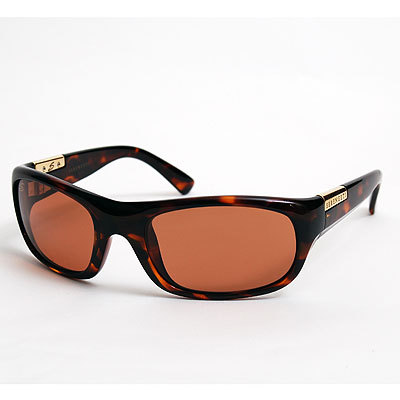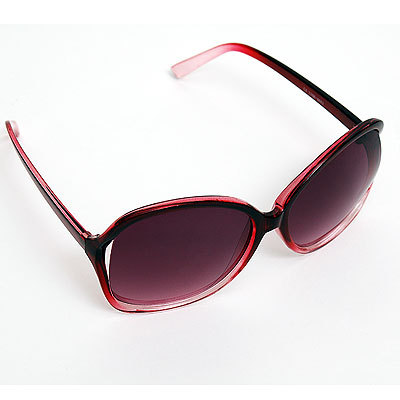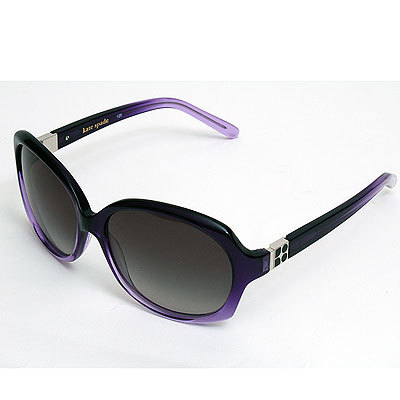This article by Serena Gordon gives valuable insights on proper eye care for children.
WEDNESDAY, Dec. 26 (HealthDay News) — For generations, countless adults have urged kids to eat carrots to protect their eyesight.
“Anything that’s good for your body is good for your eyes, especially vegetables,” explained Dr. James McDonnell, a professor of ophthalmology and director of pediatric ophthalmology at the Loyola University Health System and the Stritch School of Medicine in Chicago.
But how does the average adult, without medical training, know whether the words of wisdom being doled out — whether about crunching carrots or anything else — are good advice? And what else do parents need to know to keep their kids’ vision keen?
Here’s a sampling of advice from eye experts:
How often should children have their eyes screened for vision problems?
Generally, kids don’t need any additional eye exams. Schools and pediatricians screen for eye problems and should flag any eye issues that warrant a visit to an eye specialist.
“The process is set up to screen all children for the most common eye problems,” said Dr. Erin Stahl, an ophthalmologist at Children’s Mercy Hospitals and Clinics in Kansas City, Mo. But, she did recommend that “parents should make sure that these screenings are being done yearly.”
But, if children complain of eye pain or say that they’re having trouble seeing, take them to an eye specialist, she said. The same is true if you notice that your child’s eyes don’t seem to be aligning properly.
Children don’t always wear their glasses. Can this be harmful?
McDonnell said the answer to this question can depend on the reason the glasses were prescribed. But, in general, if an eye doctor has prescribed glasses for a child, there’s probably a good reason that he or she needs to wear them.
“Most of the time, I put kids in glasses because without them their eyes cross,” McDonnell said. “The glasses help their brains develop properly at the critical age that lets eyes work together. In other kids, I might prescribe glasses because one eye is out of focus. These kids need to wear their glasses so that their brain isn’t only receiving blurry input from that eye.”
If you’re having trouble getting a child to wear his or her glasses regularly, Stahl added, ask the doctor whether off-and-on wear will cause any problems.
Pre-teens sometimes want to wear contacts. Is it too soon?
Both McDonnell and Stahl said that the age at which contacts are appropriate depends largely on a child’s maturity level.
For the most part, Stahl said, she won’t prescribe contacts to anyone younger than 10. McDonnell said he usually doesn’t consider contacts until a child 12 to 15 years old. Any child has to be mature enough to put contacts in, take them out and keep them clean, he noted. But even then, he added, parents still need to check to be sure their children are following the proper contact care techniques.
That includes making sure they’re not sleeping with their contacts in — something McDonnell said that children should never do. Eye experts agree that sleeping in contacts increases the chance of infection.
Are decorative contacts OK?
Decorative or cosmetic contacts are lenses that kids (and adults) sometimes wear, perhaps as part of a costume, to dramatically change their eye color or make their eyes look like those of a cat or a zombie. In the United States, it’s illegal to sell decorative lenses over-the-counter, meaning that they require a prescription, even if the youngster who wants them doesn’t need lenses for vision correction.
McDonnell said that if kids are familiar with contact wear and care, and they know how to keep them clean, he doesn’t see a problem with wearing decorative contacts for a special occasion. But if it takes an adult to help a child put decorative contacts in or take them out, that should be a sign that this is a bad idea. Stahl added that she’s seen severe eye injuries from cosmetic contacts.
Will too much computer time hurt a child’s eyes?
“Too much screen time will not damage a child’s eyes,” said Stahl. That said, “too much screen time is not good for the overall development of the child,” she added.
At worst, said McDonnell, spending a lot of time in front of a screen might cause eye strain. “It’s like doing push-ups for three hours,” he said. “Give your eyes a break and look up from that near point and gaze around the room from time to time.”
What should be done to protect a child’s eyes from injuries?
McDonnell said that it’s hard to anticipate everything that could hurt a child’s eyes because even something as seemingly innocuous as a child’s fingernail can cause a serious injury. Still, he said, it’s important to try to prevent eye injuries.
“If something penetrates the eye, these can be devastating injuries,” he said. “We do our best to repair the eye, but it’s part of the brain, which makes it exquisitely sensitive, even though it’s reasonably tough.”
For starters, Stahl said, “keep your child away from fireworks, lawn mowers and trimmers, and sharp objects like sticks and hangers.” She and McDonnell both recommended that kids wear eye protection during certain sports, especially those that involve smaller balls, such as racquetball or squash. McDonnell also advised that children not be allowed to play with BB or pellet guns because of the risk for eye and other injuries.
Further information about Dr. Hitesh K. Patel, his Edison-based eye clinic, and its services can be read by visiting this Facebook page.


























